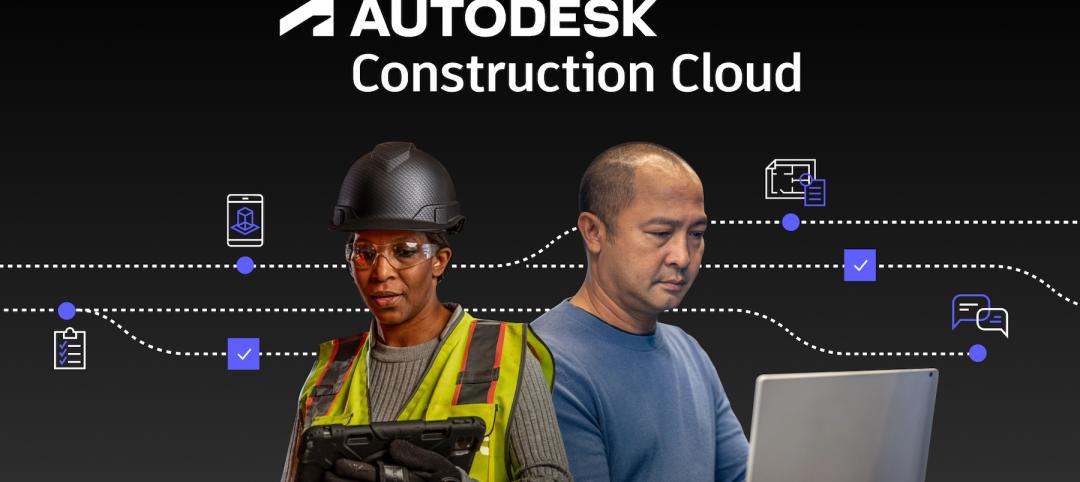When people talk about digital twin, it’s usually in the context of a single product or building. But Michael Jansen’s ambition is to digitally replicate the entire world, or at the very least every smart city.
Jansen is Chairman and CEO of Chicago-based Cityzenith, whose Smart World suite of 5D software platforms map and visualize data provided by metropolises to an intuitive real-time 3D simulation.
Cityzenith brought Smart World to market in 2009 and rolled out its latest version, Smart World Pro, last year. Users of the newer product can aggregate BIM, CAD, GIS tools, spreadsheets, documents, sensor feeds, and even social media posts, all of which can be dragged and dropped onto the platform.
Jansen describes Smart World Pro as “a design-to-demo digital twin,” whose features include an all-in-one dashboard, universal data importing, a natural language search, and a “Mapalyze” app suite of analytical tools that allows users to run project analysis “on the fly” and export and share results quickly. An application from Unity Technologies that powers the platform’s back end provides greater flexibility, says Jansen.
Smart World Pro pulls data from a variety of sources, including large building owners (one of the platform’s users is Cushman & Wakefield), large AEC firms, data streams from IoT sensors, and public information services for cities, counties, and states.
Cityzenith has amassed curated public and commercial data sets for “several thousand” cities, and fully loaded 3D models for “hundreds” in a dozen countries. Last December, the Indian state of Andhra Pradesh selected Smart World Pro as its 3D City Information Model for the development of Amaravati, a new $6.5 billion smart city capital that Foster + Partners and Surbana Jurong have designed.
“Amaravati will be born as a digital twin, the first entire city that I know of to do that in the world,” says Jansen.
Smart World Pro is also being used for Hinkley Point, a 3.2-gigawatt power plant that is the largest infrastructure project in the U.K.
Cityzenith takes what Jansen calls an “enterprise approach” to its pricing. First-time customers can get their foot in the door with a $20,000 package. Using the platform for projects costs between $30,000 and $75,000, and mapping metros can run into the hundreds of thousands of dollars.
The company has raised more than $10 million and is profitable to the point where currently it isn’t seeking investor capital. As for growth, Cityzenith has somewhere between 30 and 40 customers, but Jansen is thinking much bigger when he says his platforms target “everyone in the building industry” that manages assets.
“The problem that Smart World Pro solves is the complete lack of interoperability among tools,” says Jansen. “The industry needs a single pane of glass for all of the tools being aggregated.”
Related Stories
Building Tech | Apr 6, 2022
Autodesk Construction Cloud Introduces New Data Sharing Capabilities to Transform Construction Collaboration
Autodesk, Inc. (NASDAQ: ADSK) today launched Bridge, a new collaboration capability that empowers construction teams to share only relevant data with project stakeholders, regardless of whether they are on the same team or building project within Autodesk Construction Cloud.
Modular Building | Mar 31, 2022
Rick Murdock’s dream multifamily housing factory
Modular housing leader Rick Murdock had a vision: Why not use robotic systems to automate the production of affordable modular housing? Now that vision is a reality.
Codes and Standards | Mar 22, 2022
Dept. of Energy awards $32 million for next-generation building retrofits
The U.S. Dept. of Energy has awarded a total of $32 million for more than 30 next-generation building retrofit projects that will dramatically improve affordable housing technologies, according to a DOE news release.
Sponsored | Reconstruction & Renovation | Jan 25, 2022
Concrete buildings: Effective solutions for restorations and major repairs
Architectural concrete as we know it today was invented in the 19th century. It reached new heights in the U.S. after World War II when mid-century modernism was in vogue, following in the footsteps of a European aesthetic that expressed structure and permanent surfaces through this exposed material. Concrete was treated as a monolithic miracle, waterproof and structurally and visually versatile.
Sponsored | Resiliency | Jan 24, 2022
Blast Hazard Mitigation: Building Openings for Greater Safety and Security
Coronavirus | Jan 20, 2022
Advances and challenges in improving indoor air quality in commercial buildings
Michael Dreidger, CEO of IAQ tech startup Airsset speaks with BD+C's John Caulfield about how building owners and property managers can improve their buildings' air quality.
3D Printing | Jan 12, 2022
Using 3D-printed molds to create unitized window forms
COOKFOX designer Pam Campbell and Gate Precast's Mo Wright discuss the use of 3D-printed molds from Oak Ridge National Lab to create unitized window panels for One South First, a residential-commercial high-rise in Brooklyn, N.Y.
Sponsored | BD+C University Course | Jan 12, 2022
Total steel project performance
This instructor-led video course discusses actual project scenarios where collaborative steel joist and deck design have reduced total-project costs. In an era when incomplete structural drawings are a growing concern for our industry, the course reveals hidden costs and risks that can be avoided.
Architects | Dec 20, 2021
Digital nomads are influencing design
As our spaces continue to adapt to our future needs, we’ll likely see more collaborative, communal zones where people can relax, shop, and work.
Urban Planning | Dec 15, 2021
EV is the bridge to transit’s AV revolution—and now is the time to start building it
Thinking holistically about a technology-enabled customer experience will make transit a mode of choice for more people.

















